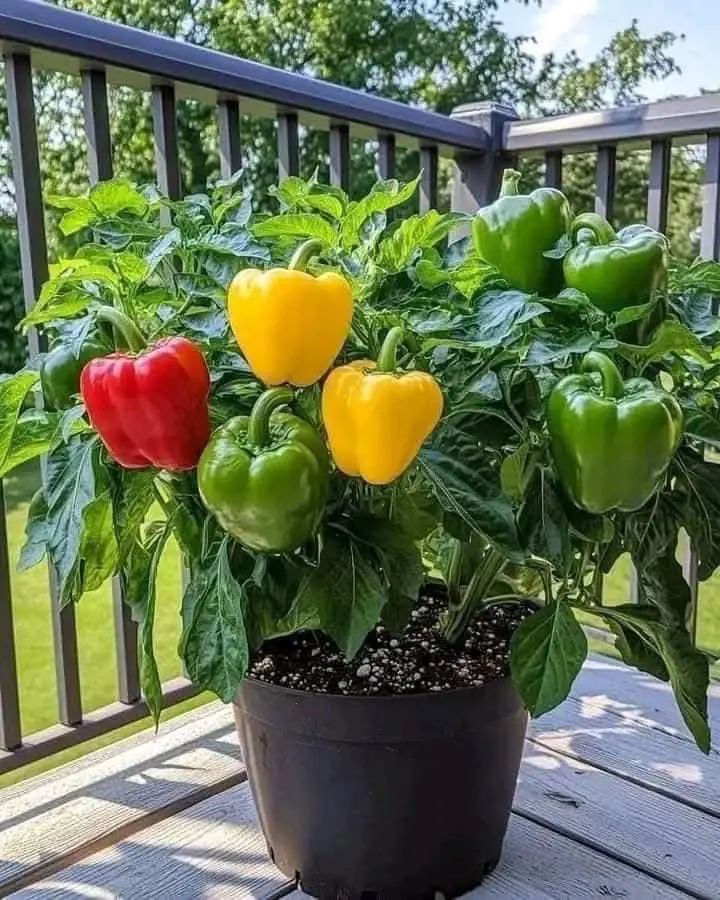
How to Grow a Pineapple at Home: Simple and Fast

Pineapples are delicious, tropical fruits that are commonly found in grocery stores, but did you know you can easily grow one at home? Growing a pineapple from the crown (the top leafy part of the fruit) is a simple and fun process that doesn’t require much space or effort. In this guide, we will walk you through how to grow a pineapple at home, step by step, so you can enjoy this exotic fruit fresh from your garden!
Why Grow Pineapples at Home?
Growing a pineapple at home offers many benefits:
-
Freshness: There’s nothing quite like the taste of a fresh, homegrown pineapple. You can harvest it when it’s perfectly ripe.
-
Satisfaction: Watching a pineapple grow from a small cutting to a mature plant can be incredibly rewarding.
-
Cost-effective: Growing your own pineapple can save you money in the long run, especially if you frequently buy pineapples.
Materials You’ll Need:
-
A fresh pineapple: Choose a ripe, healthy pineapple from your local grocery store.
-
A sharp knife: To cut the top off the pineapple.
-
Water: For soaking the crown and helping it root.
-
A pot or container: To plant the pineapple crown once it roots.
-
Well-draining soil: Pineapples prefer light, sandy soil that drains well.
-
Sunlight: Pineapples need plenty of bright, indirect sunlight to grow successfully.
Step 1: Prepare the Pineapple Crown
1. Cut the Top of the Pineapple: Start by cutting off the top (the crown) of the pineapple, making sure to include about 1-2 inches of the fruit’s flesh. You’ll need a sharp knife to make a clean cut.
2. Remove the Fruit Flesh: Peel away any remaining fruit from the bottom of the crown using your fingers or a small knife. This is important because the fruit may rot, preventing the crown from rooting properly.
3. Let It Dry: Place the pineapple crown in a dry area for about 2-3 days. This will help the cut end callous over and prevent rot when planted.
Step 2: Root the Pineapple Crown in Water
1. Soak the Crown: After the pineapple crown has dried, place the bottom (the part where you cut it off the fruit) in a shallow dish of water. Make sure only the bottom is submerged, while the rest of the crown is above the waterline.
2. Change the Water Regularly: Change the water every 2-3 days to keep it fresh and prevent any bacteria from developing. Within a few weeks, you should see roots begin to develop from the base of the crown.
3. Wait for Rooting: This process can take anywhere from 2 to 4 weeks, depending on temperature and humidity. Be patient, as this stage is crucial for ensuring healthy growth.
Step 3: Transplant the Pineapple Crown into Soil
Once the pineapple crown has developed a sufficient root system (about 2-4 inches of roots), it’s time to transplant it into soil.
1. Choose a Pot: Select a pot that’s at least 6-8 inches in diameter with good drainage holes. Pineapples need a pot with plenty of space for their roots to spread.
2. Prepare the Soil: Use well-draining soil, such as a cactus or succulent mix. Pineapples do not like their roots to sit in soggy soil, so proper drainage is key.
3. Plant the Crown: Place the rooted pineapple crown in the center of the pot and cover the roots with soil. Gently press down the soil to secure the plant, making sure the crown is slightly above the soil line.
Step 4: Care for the Pineapple Plant
Pineapple plants are relatively low-maintenance, but they do need proper care to thrive.
1. Place in a Sunny Spot: Pineapples love warmth and light. Place the pot in a location that receives bright, indirect sunlight. If growing indoors, a south or west-facing window is ideal. Pineapples can also tolerate some direct sunlight, but too much may scorch their leaves.
2. Water Regularly: Water the plant when the top inch of soil feels dry to the touch. Pineapples prefer to dry out a bit between waterings, so avoid over-watering. Ensure the pot has drainage holes to prevent water from pooling at the bottom.
3. Fertilize Occasionally: During the growing season (spring and summer), feed your pineapple plant with a balanced, water-soluble fertilizer once a month. Avoid fertilizing during the winter months when the plant is not actively growing.
4. Maintain Temperature and Humidity: Pineapples thrive in temperatures between 65-95°F (18-35°C). They also prefer high humidity. If you live in a dry climate, consider placing your pineapple plant on a tray filled with pebbles and water to help increase the humidity around the plant.
Step 5: Harvesting the Pineapple
Pineapples typically take 18-24 months to reach maturity. Once the plant starts producing fruit, it will be a rewarding experience to see your hard work pay off.
-
Look for a Change in Color: The pineapple will start turning yellowish-orange when it’s ripe. It will also emit a sweet fragrance when it’s ready for harvest.
-
Gently Harvest: Use a sharp knife to cut the pineapple off the plant, leaving a bit of the stem attached. Be gentle to avoid damaging the plant.
Conclusion
Growing a pineapple tree from a fruit is a simple and enjoyable gardening project that can provide you with a beautiful plant and fresh fruit. With the right care, patience, and the steps outlined above, you can successfully grow your own pineapple at home, whether in a pot indoors or in your garden. Enjoy the process, and soon you’ll be savoring the sweet taste of a homegrown pineapple!
News in the same category

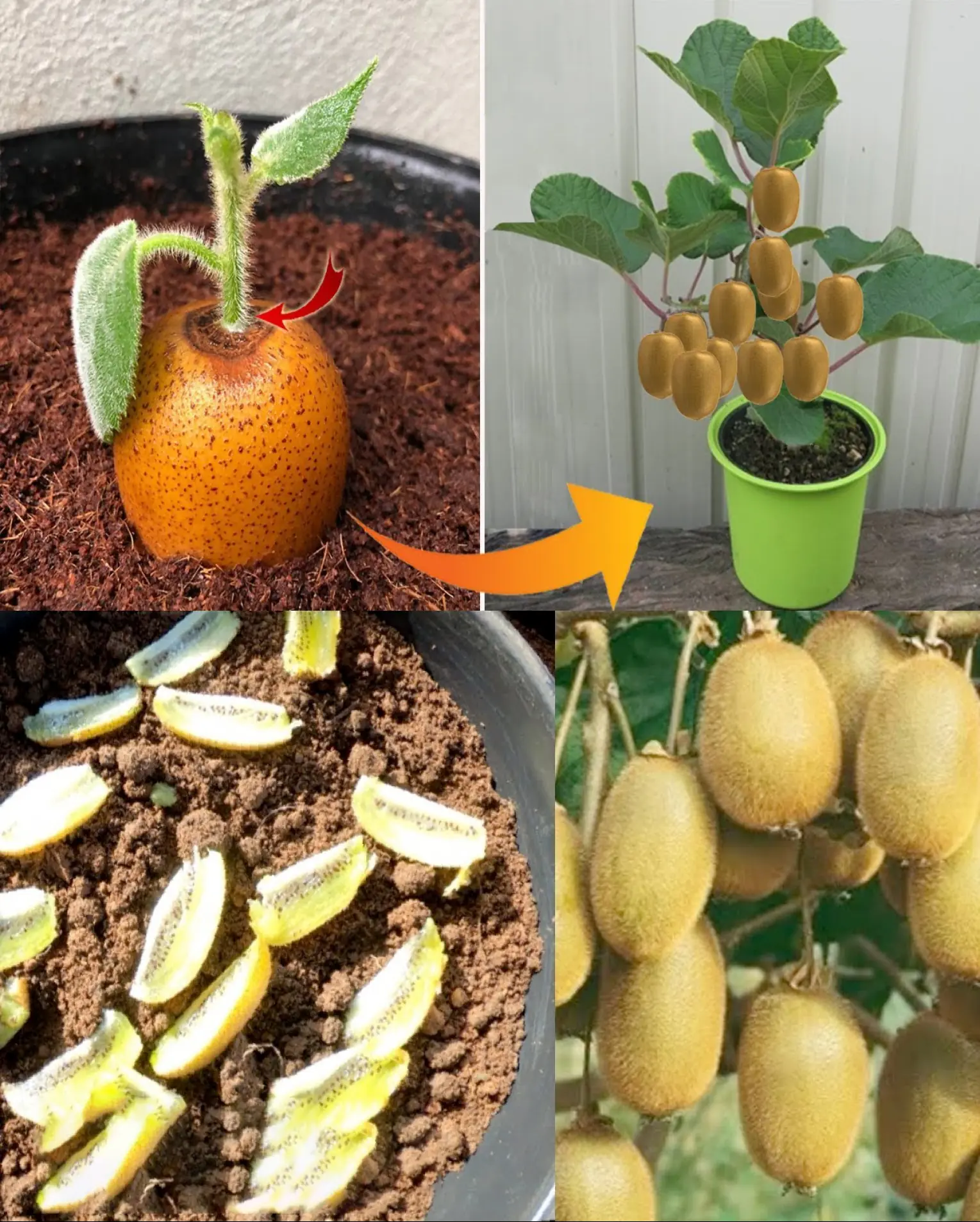
How to Grow Kiwi in Containers at Home
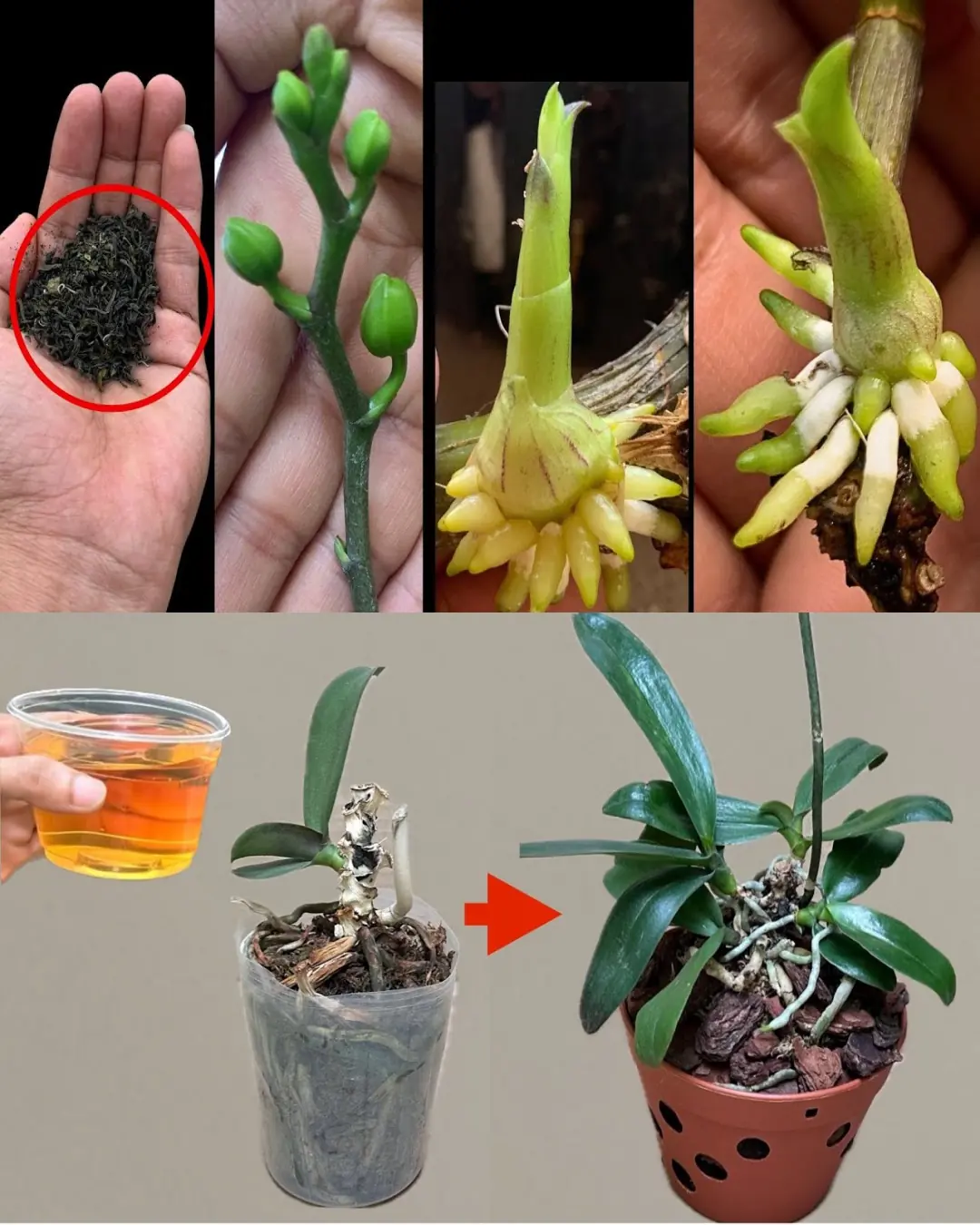
Revitalizing Orchids Using Tea: A Comprehensive Guide with Handy Tips
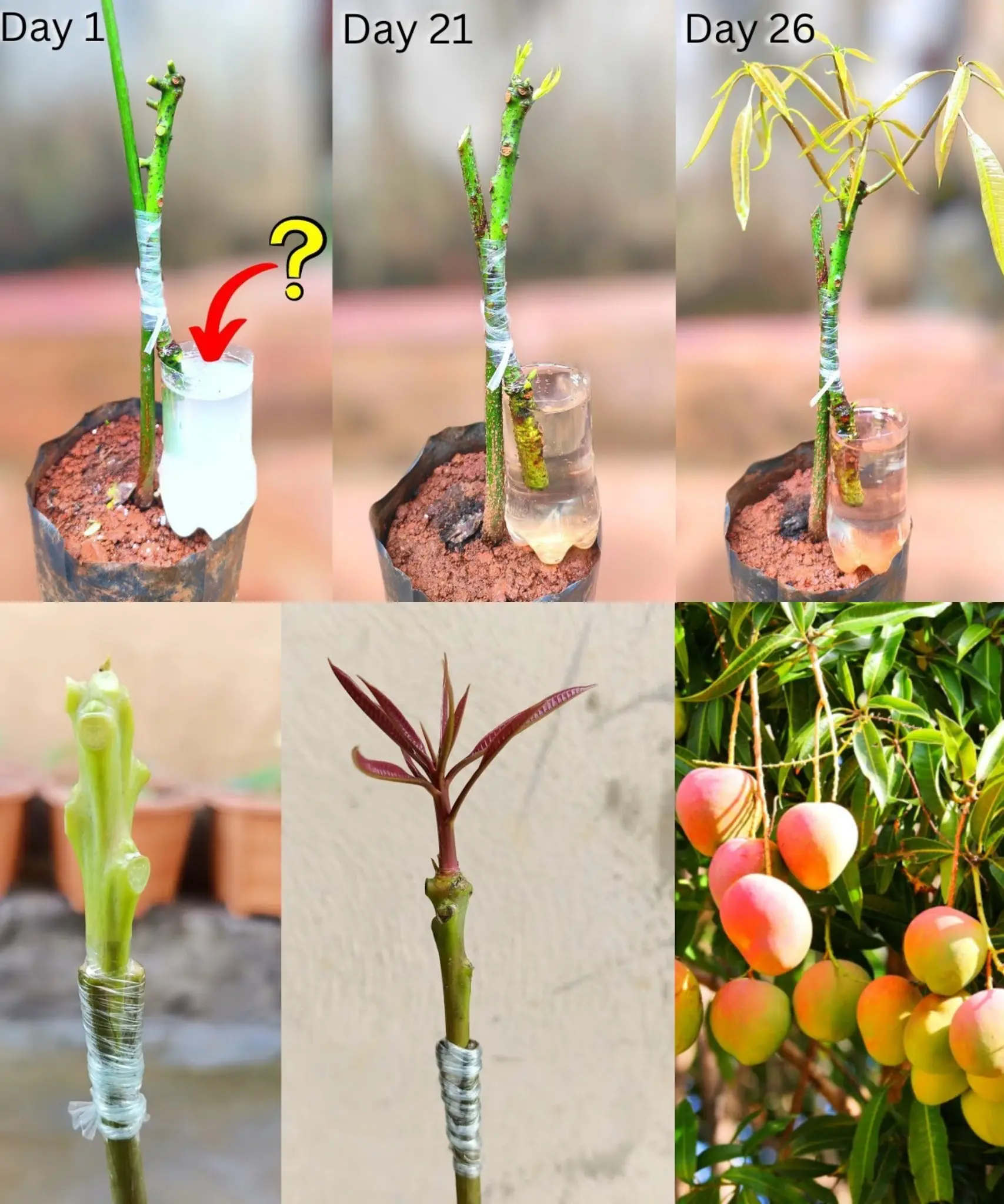
How to Plant a Mango Seed and Successfully Grow
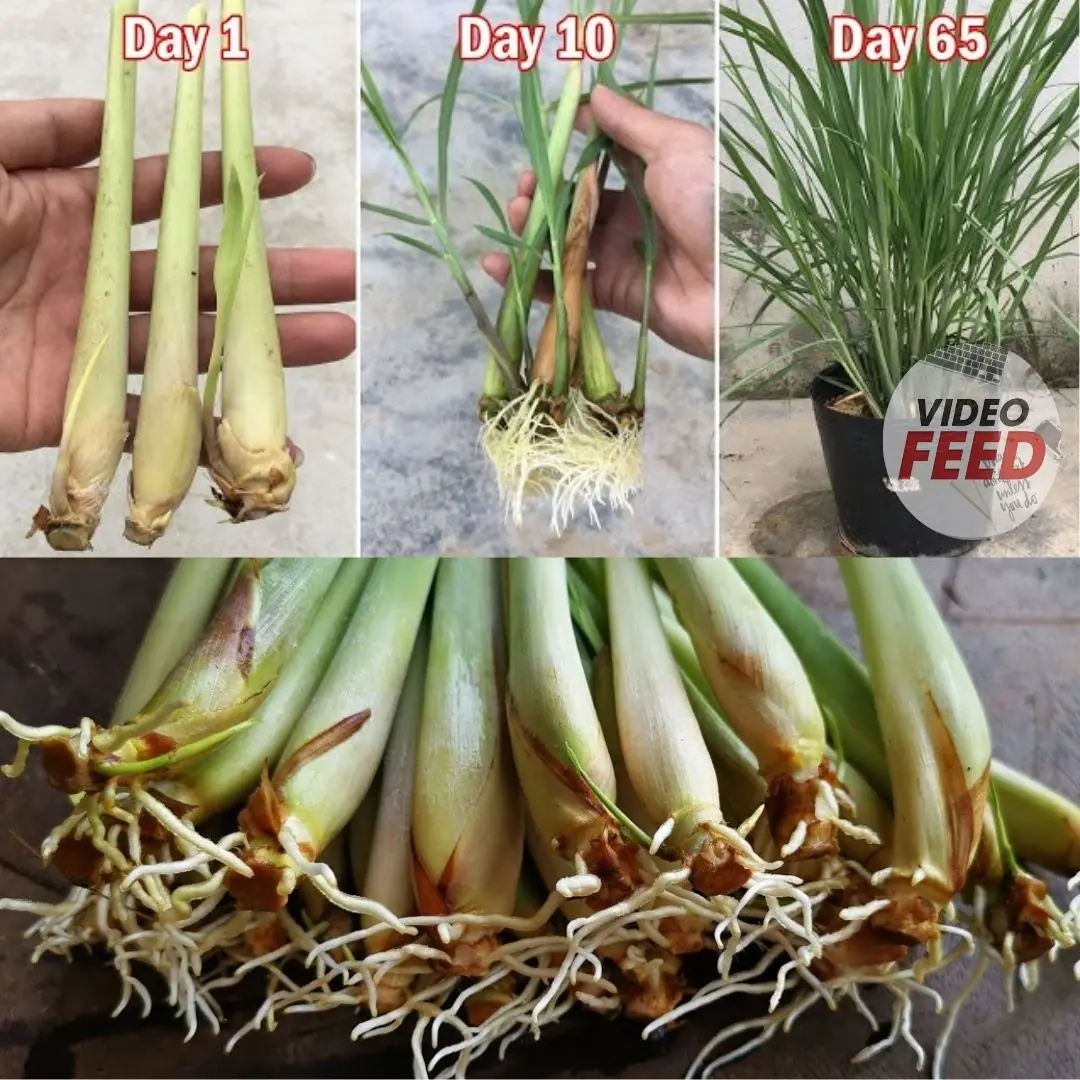
Secrets to growing lemongrass at home – easy to do, suitable for beginners
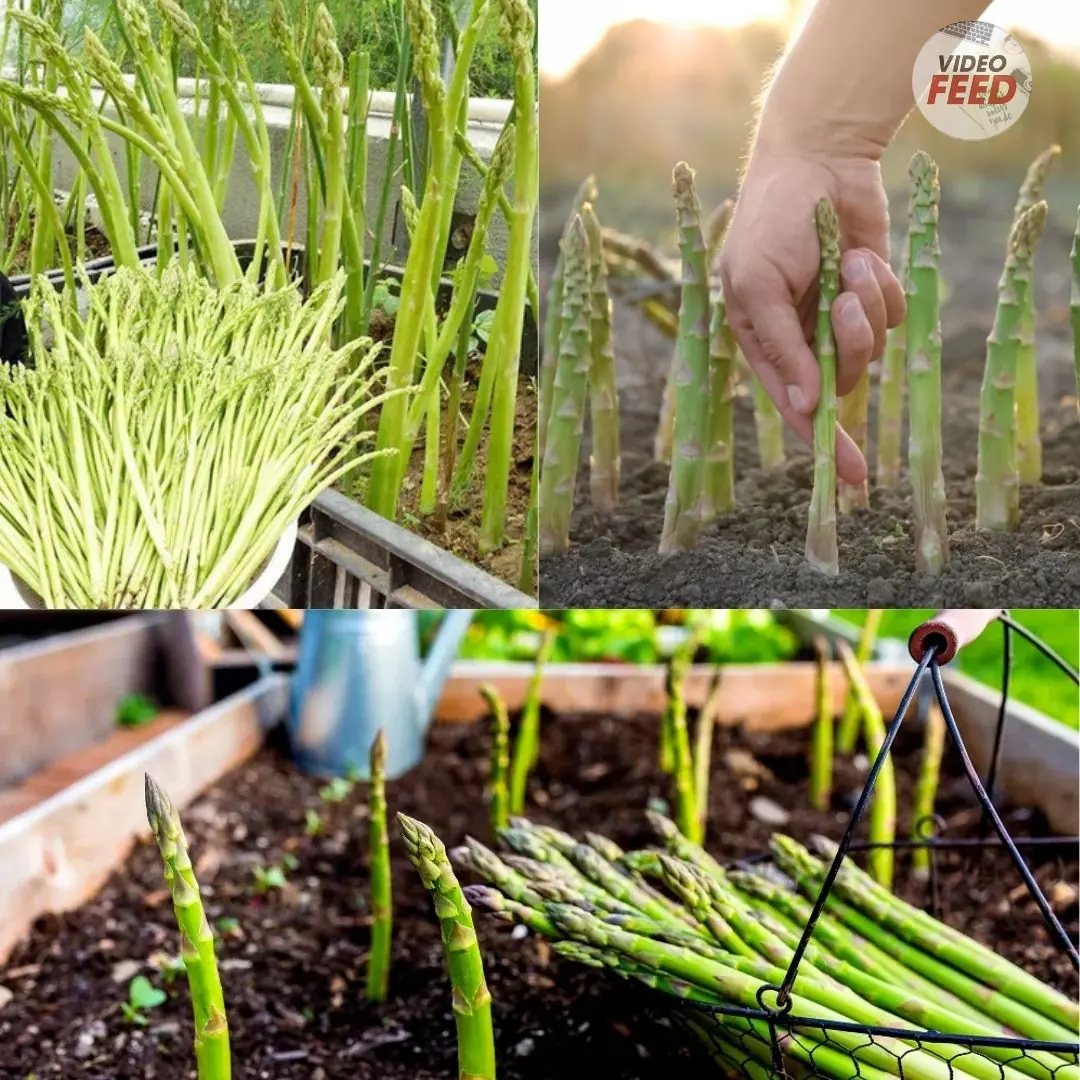
Grow Your Own Asparagus Plants
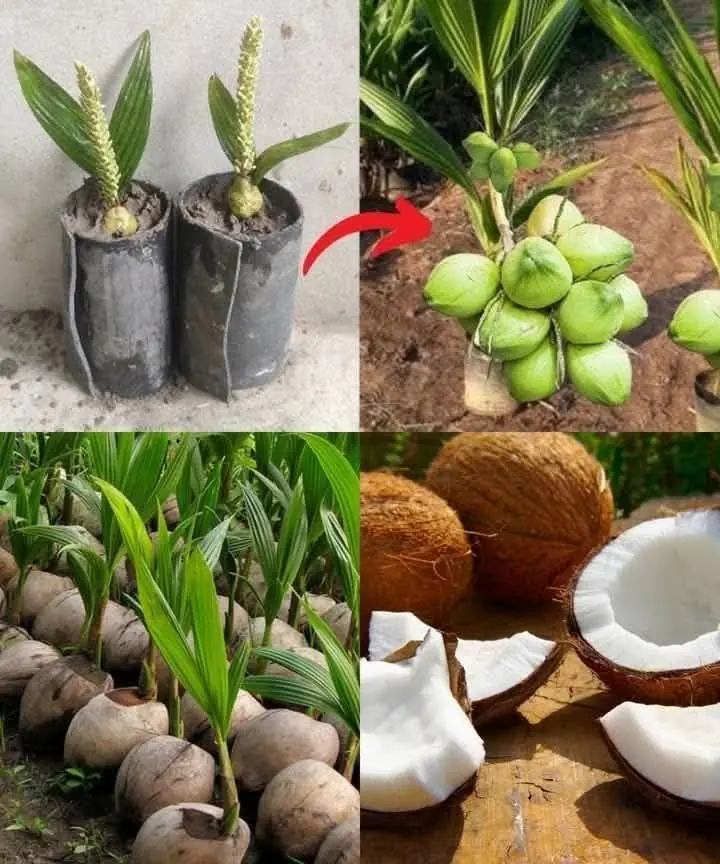
How To Grow Coconut Tree From Coconut Fruit

How To Grow Strawberries From Seed
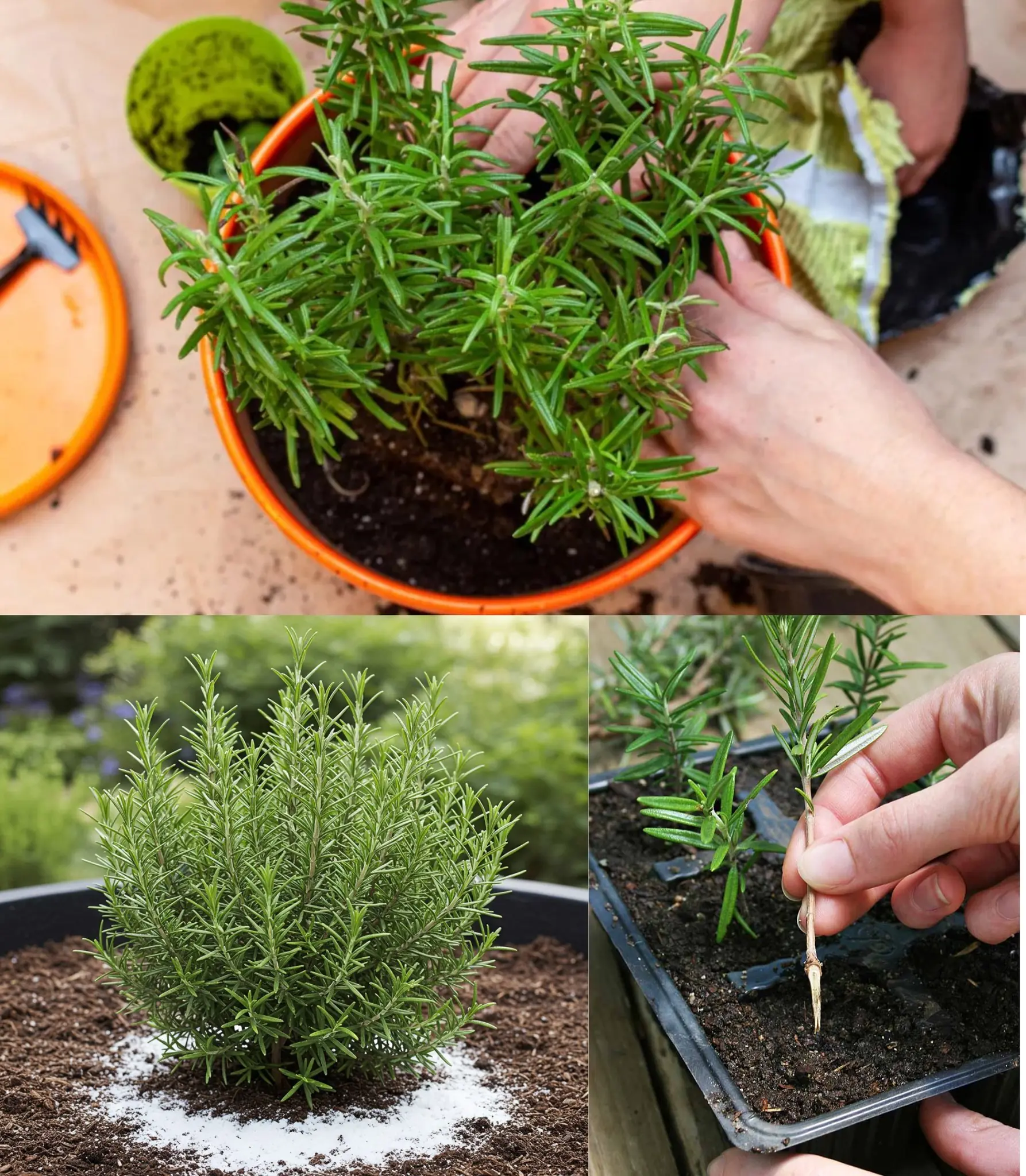
Rosemary Never Dries Again – Here’s the Gardener’s Trick!
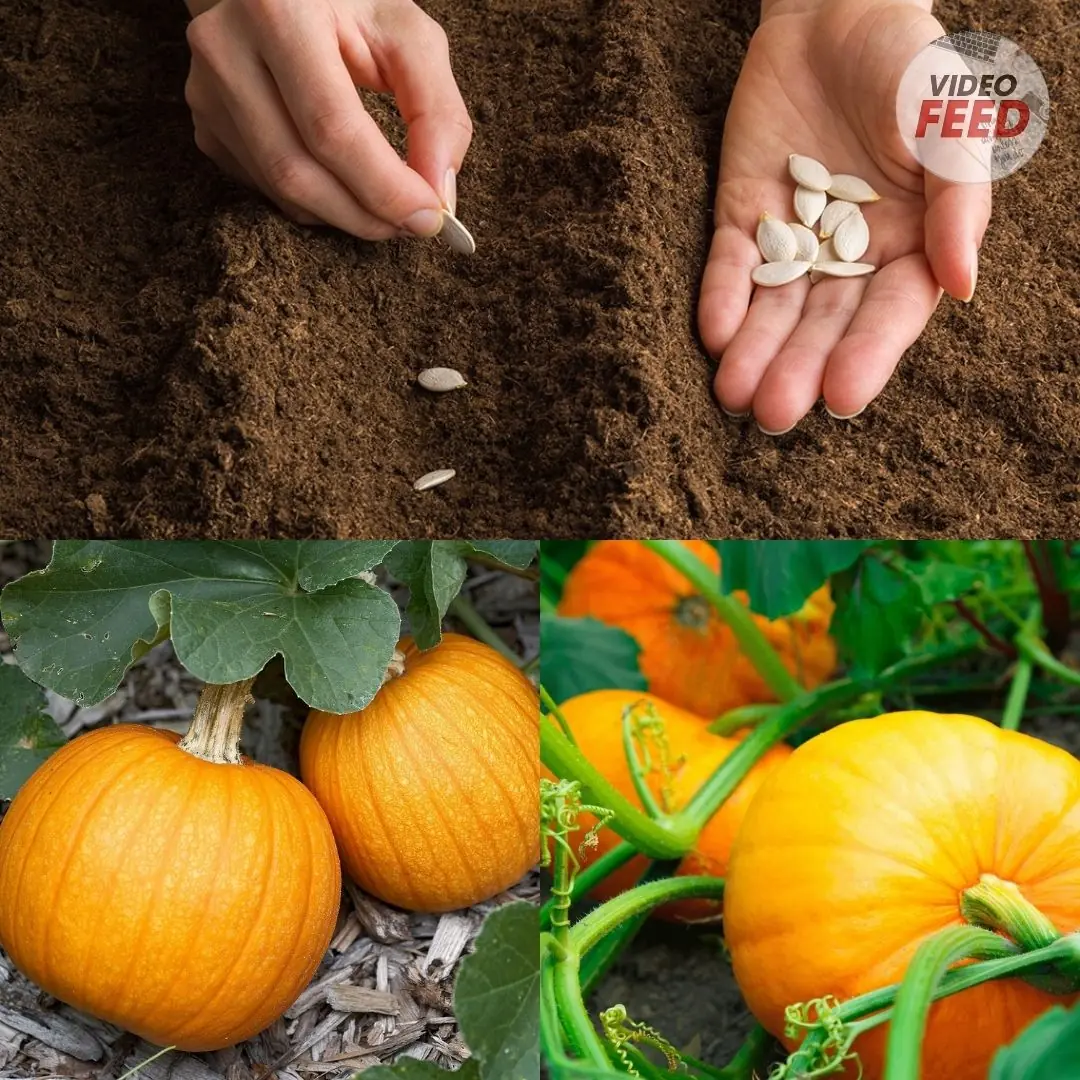
How to Grow Pumpkins in Your Home Garden
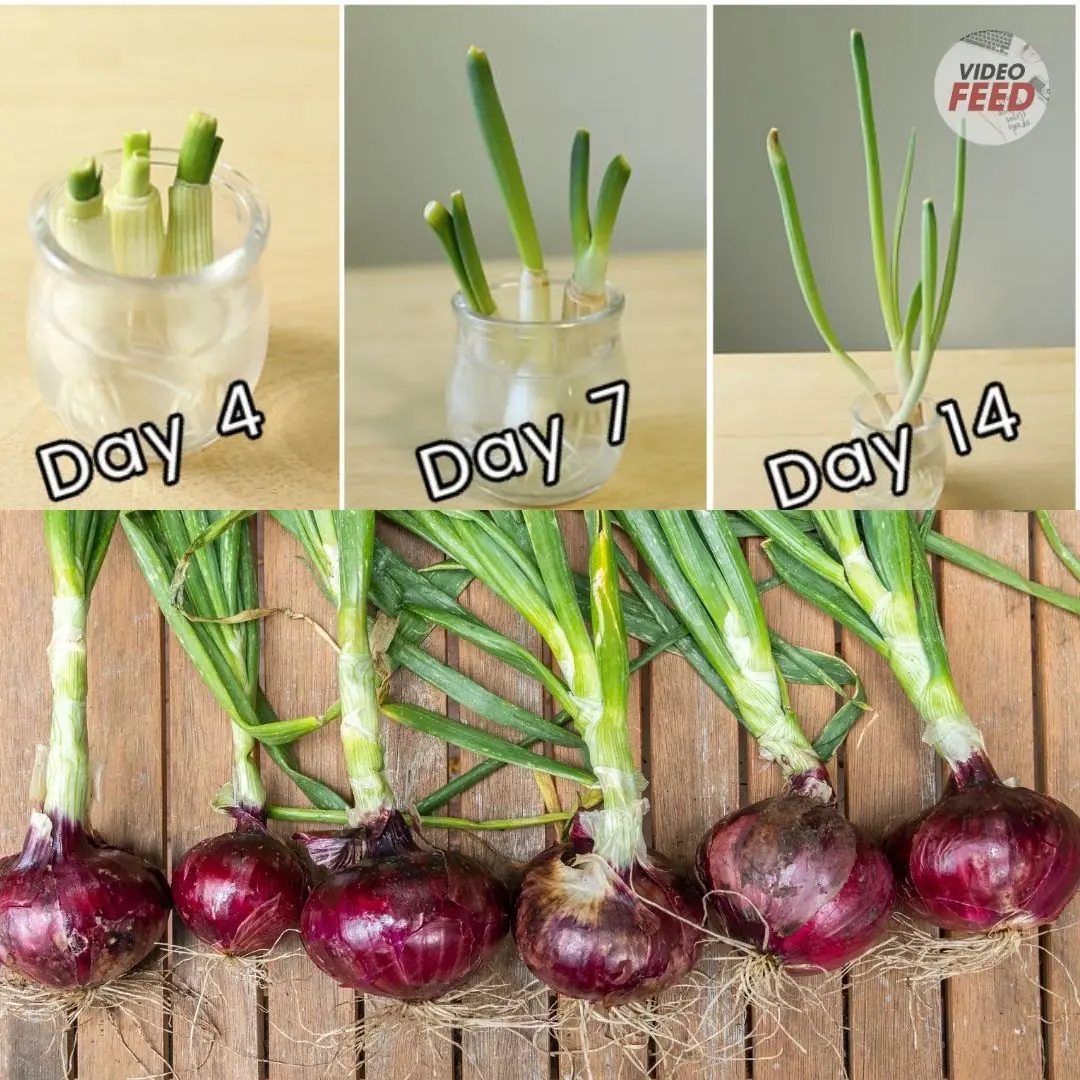
How to Grow and Care for Red Onions in the Garden
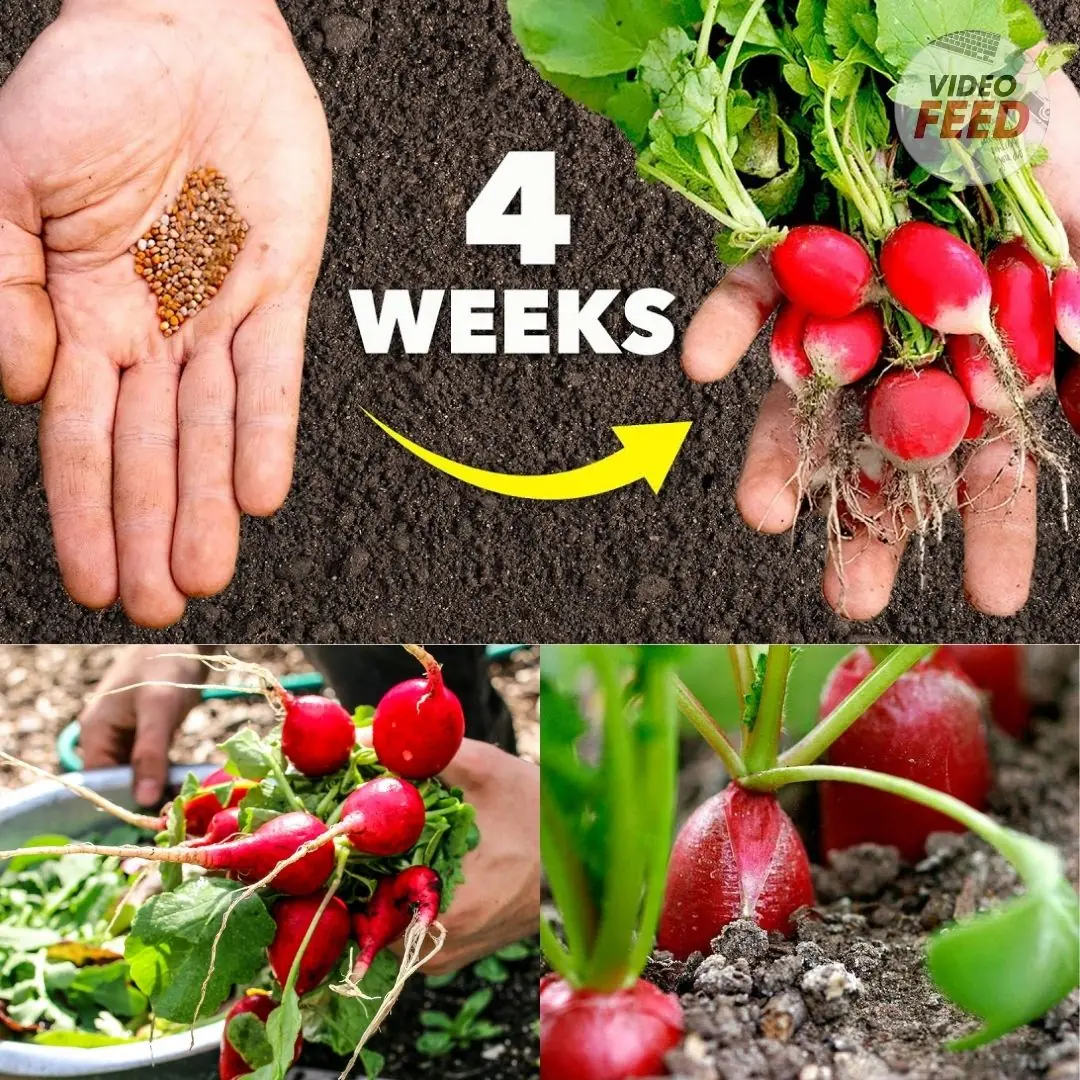
6 Easy Steps to Plant Radish Seeds in an Organic Kitchen Garden
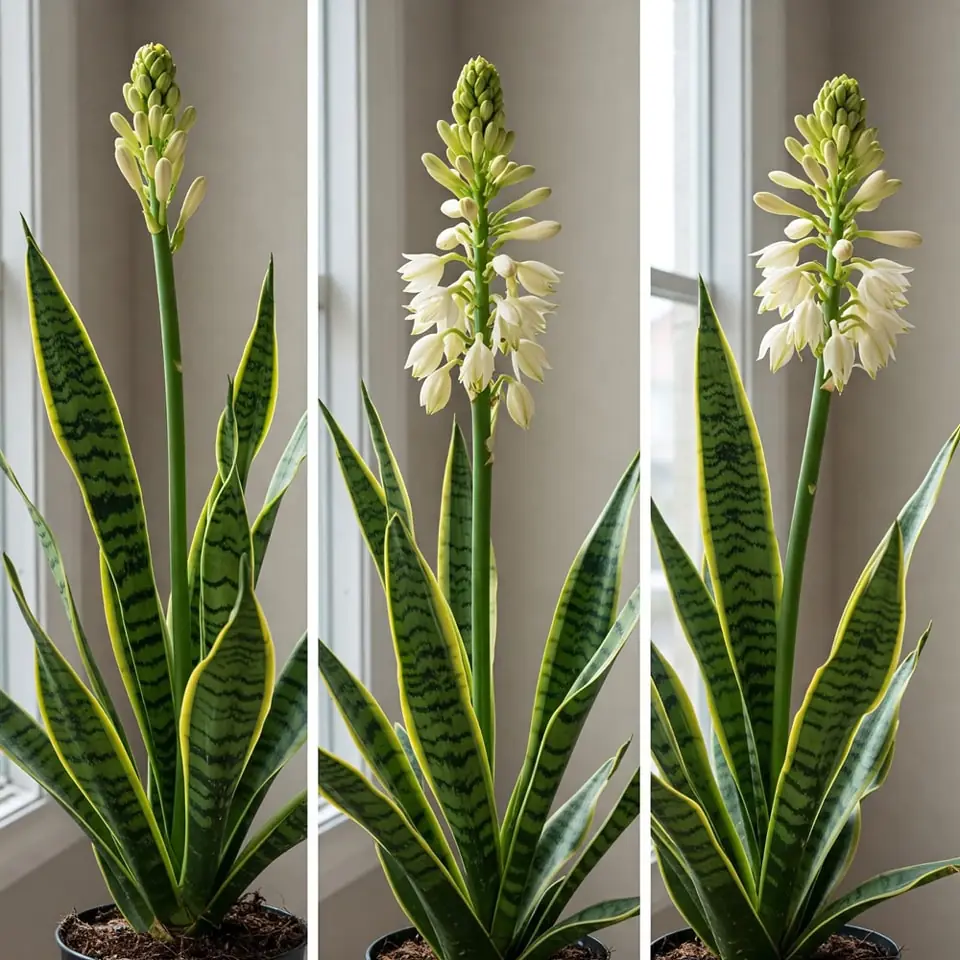
Snake Plants and Their Rare Blooming Phenomenon: A Guide to Encouraging Flowers
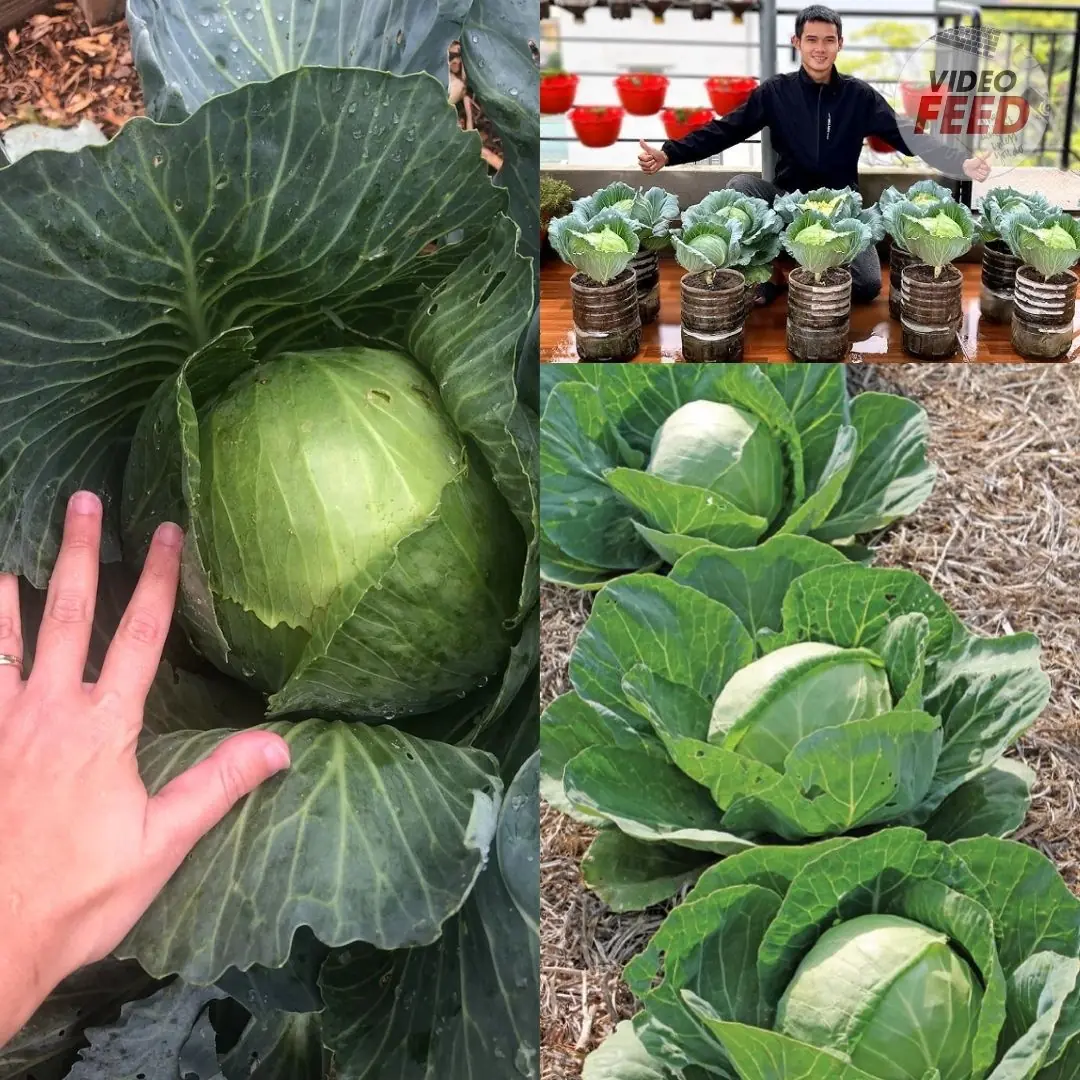
How to Grow Cabbage: 10 Tips for a Successful Harvest

The Power of Yeast: A Natural Booster for Growing Tomatoes, Peppers, and Cucumbers
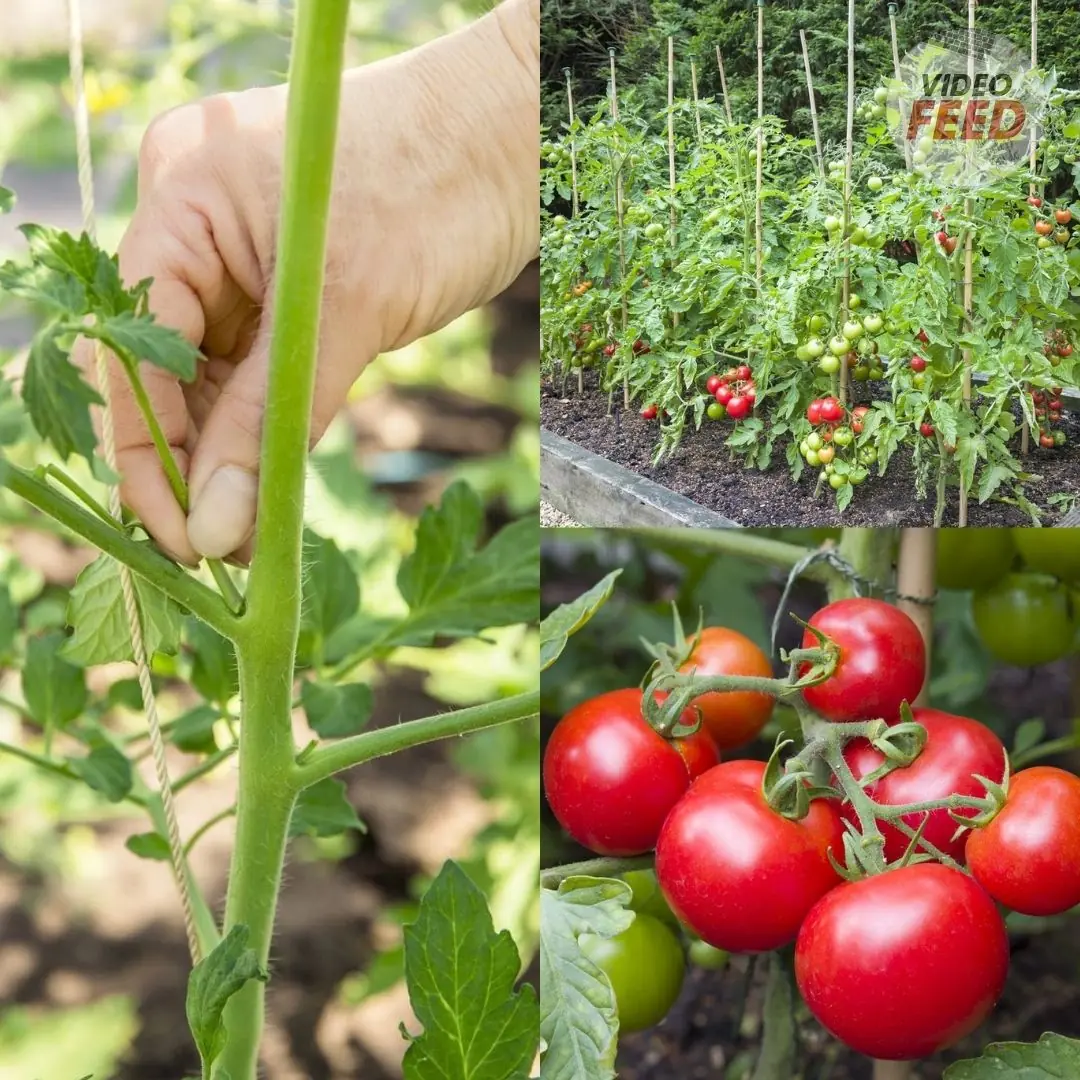
The 8 Biggest Tomato Growing Mistakes, According to Experts
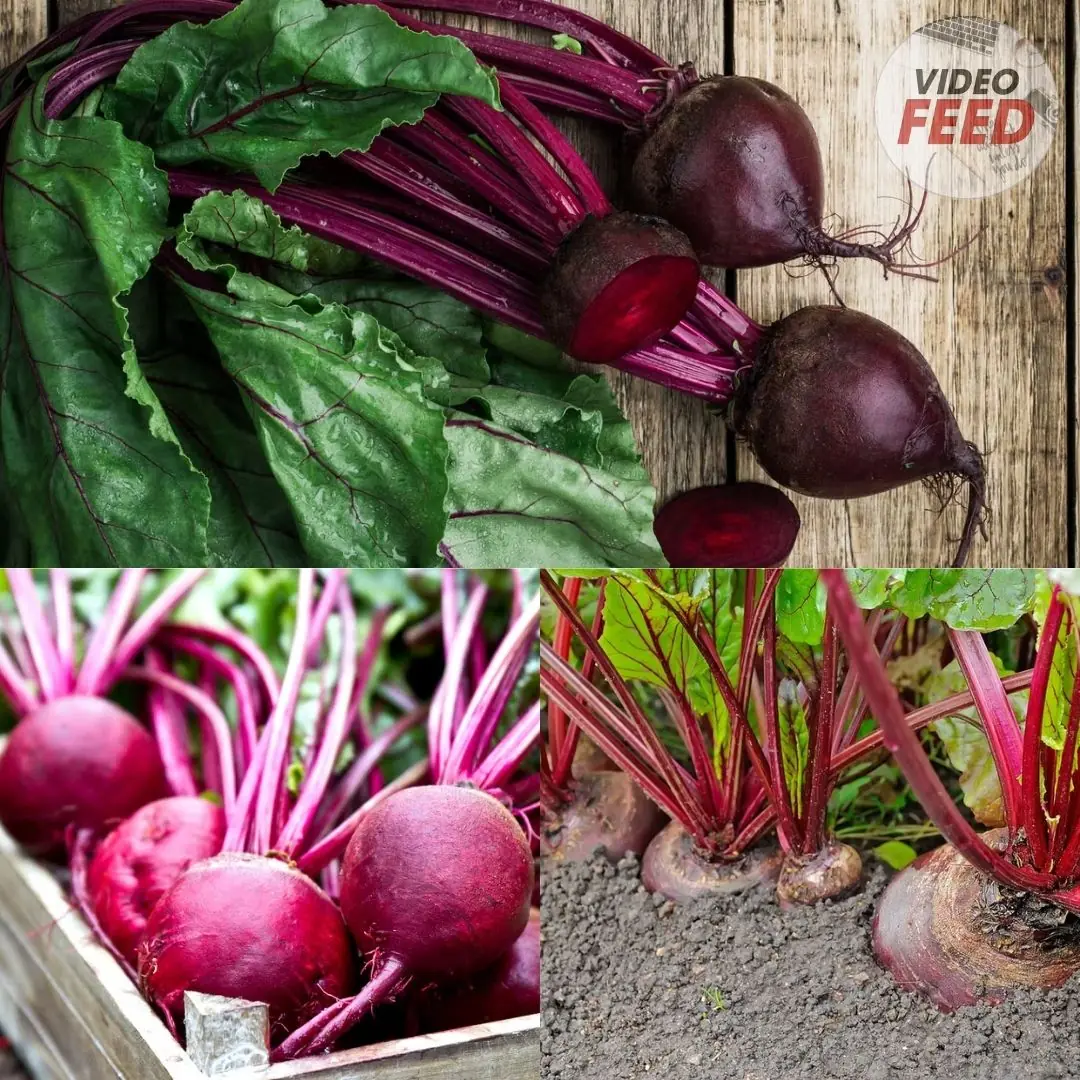
How to Grow Beets This Fall for a Hearty Autumn Harvest
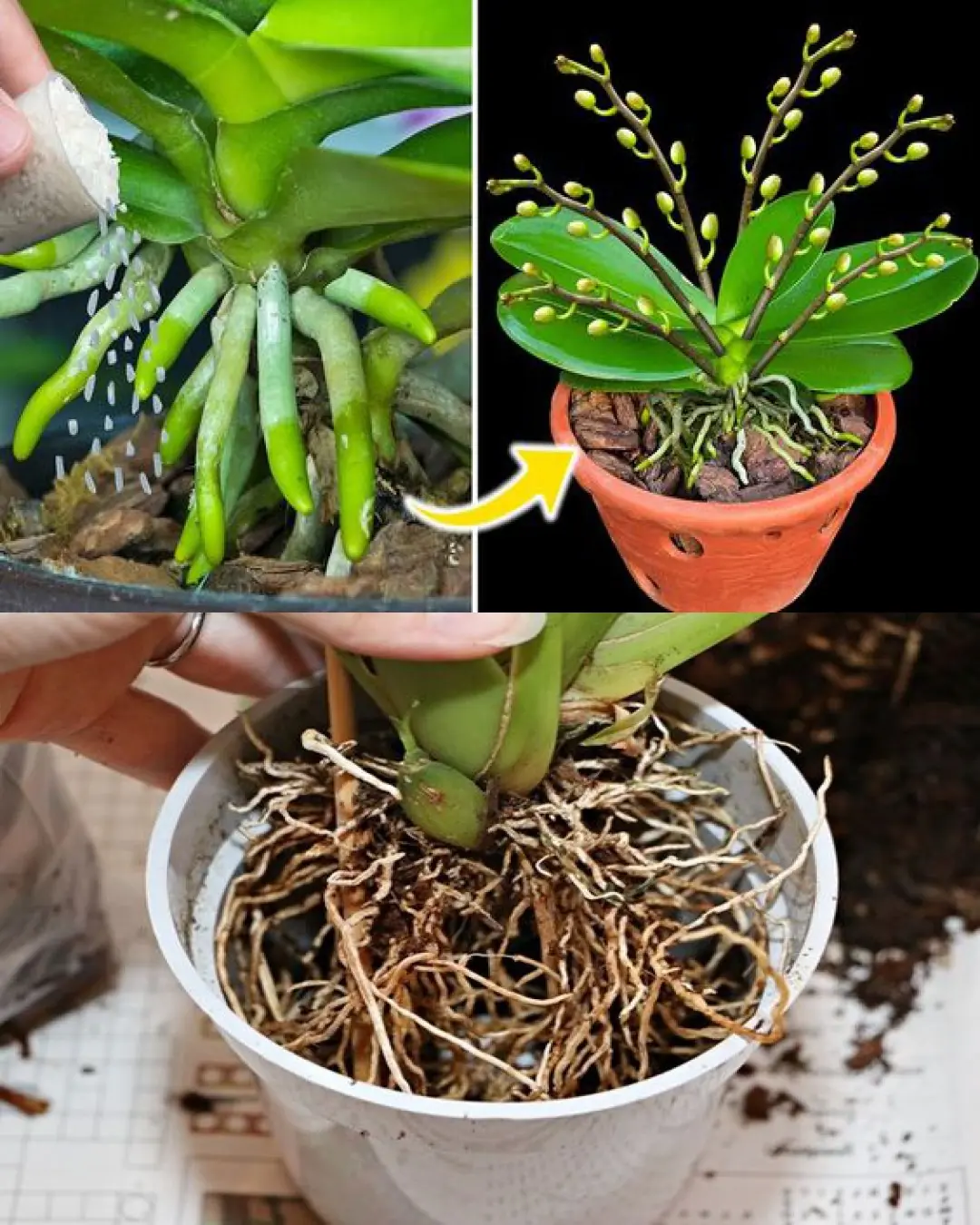
Deciphering Orchid Roots: Reasons They Extend Beyond Pots and Recommended Actions
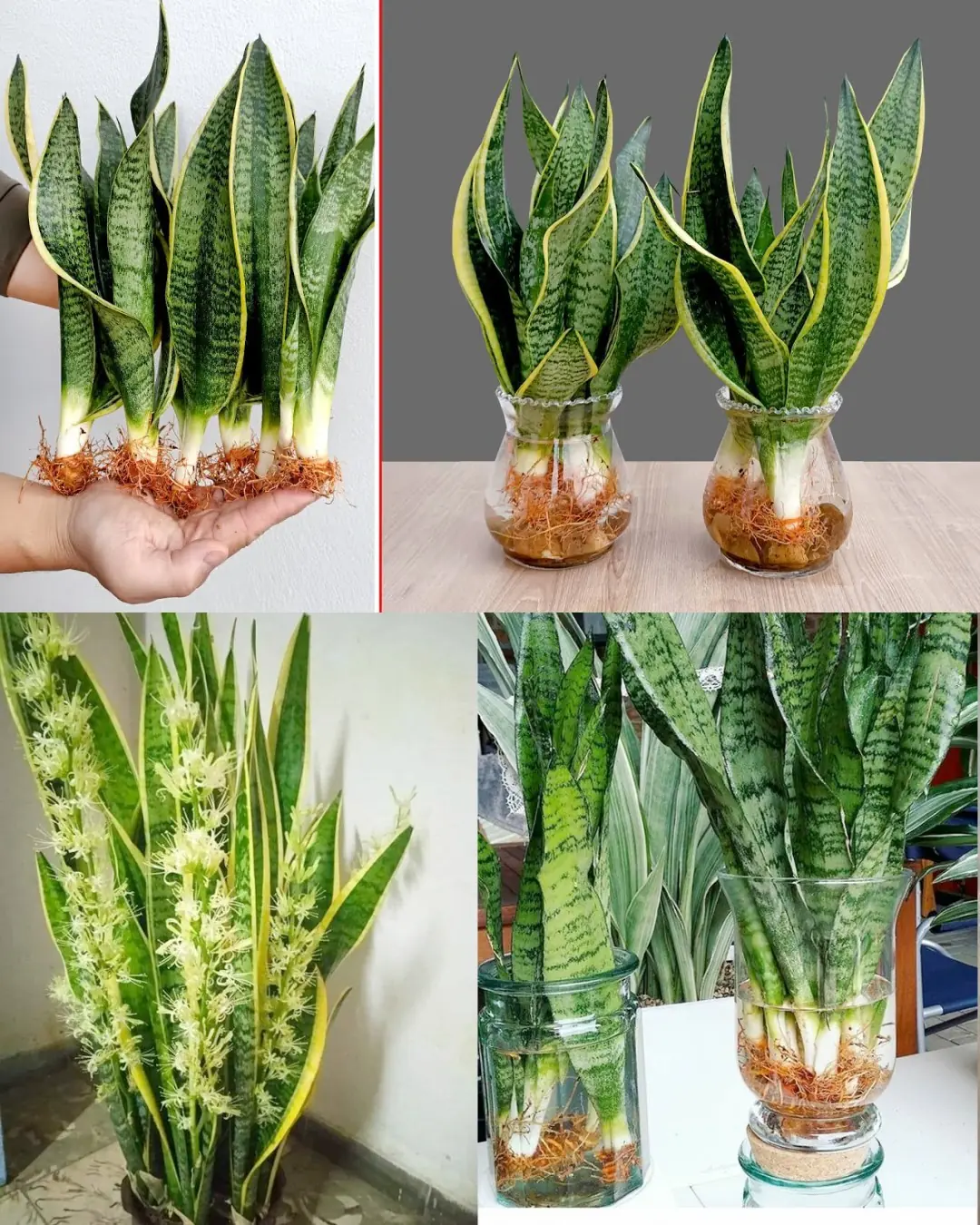
How to Multiply Your Sansevieria Quickly: From One Plant to a Thriving Collection
News Post

3 familiar household items that are harmful to health

6 eating habits that silently destroy your health

Diabetics are ‘very afraid’ of a spice that is abundant in the market: American experts say it is ‘as good as prescription drugs’

7 “Golden” Summer Vegetables: Fresh, Chemical-Free, and Worth Eating Every Day

Rub Ginger on the Soles of Your Feet Before Bed, and You’ll Experience Its “Miraculous” Health Benefits

When Installing an Air Conditioner, Avoid These 4 Spots to Protect Your Family’s Health

10 Tips for Growing a Big Pepper Harvest

How to Grow Kiwi in Containers at Home

What happens to your body if you drink orange juice every day?

Revitalizing Orchids Using Tea: A Comprehensive Guide with Handy Tips
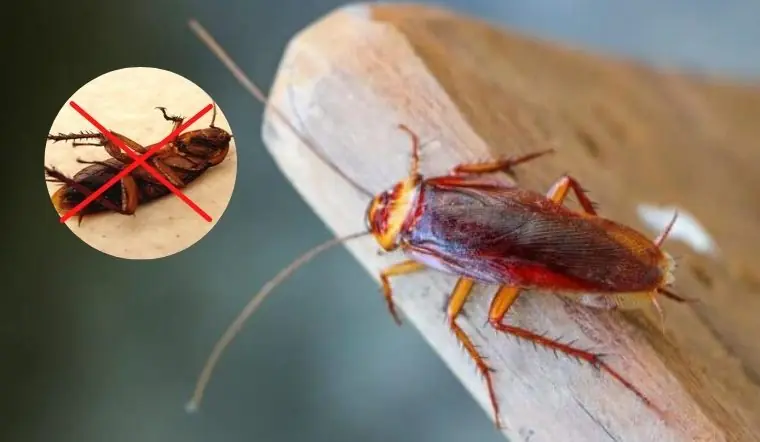
4 effective ways to ensure your home is free of cockroaches

Are two-headed snakes real? Why does this phenomenon occur?

A cup of hot water can offer many health benefits
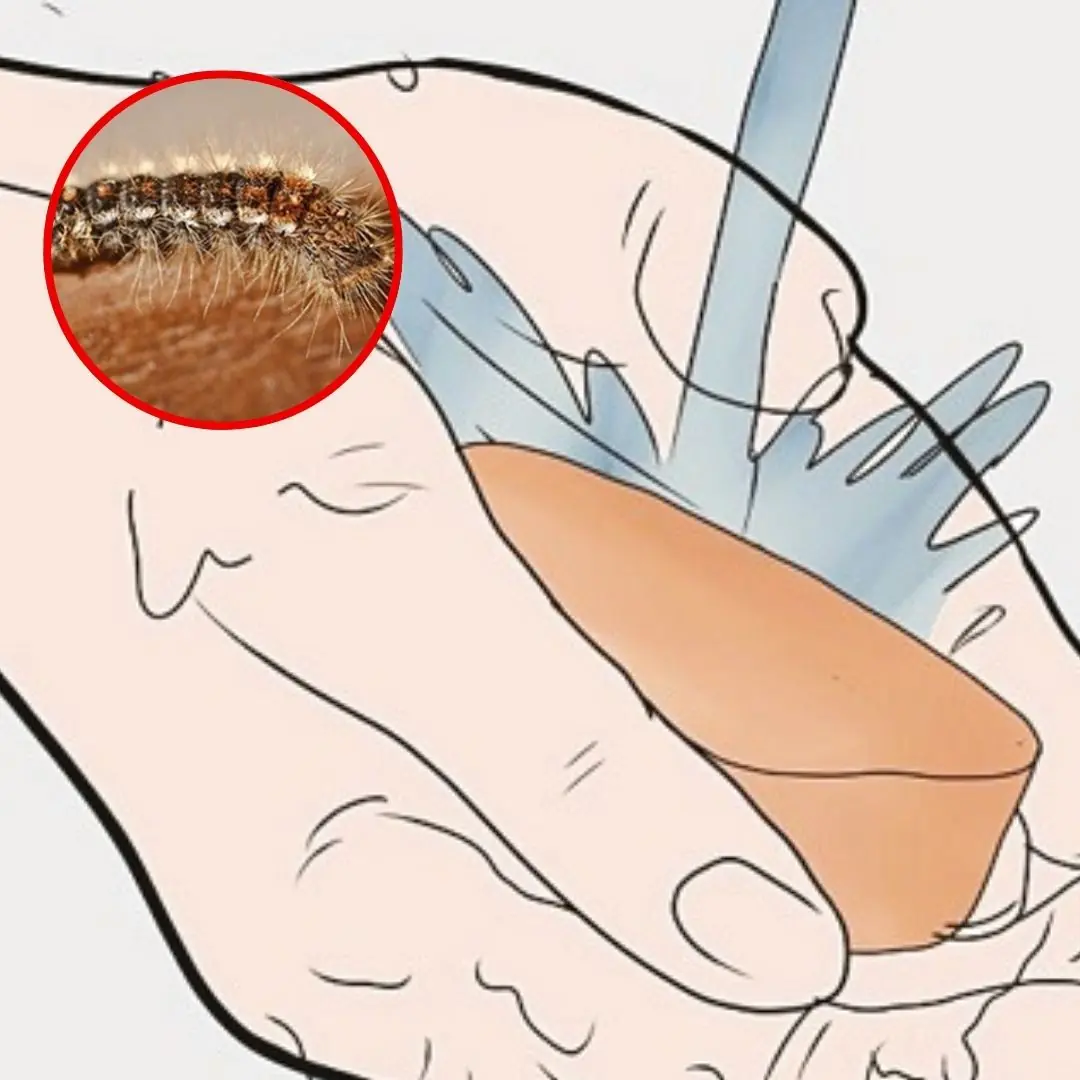
Caterpillar on you: 5 simple steps to treat at home

Otitis media – the “hidden culprit” causing vestibular disorders that many people ignore

Don't drink water before bed but still urinate at night, beware of these 3 diseases

How to Plant a Mango Seed and Successfully Grow

Secrets to growing lemongrass at home – easy to do, suitable for beginners

4 changes in fingers that could be signs of lung can.cer
